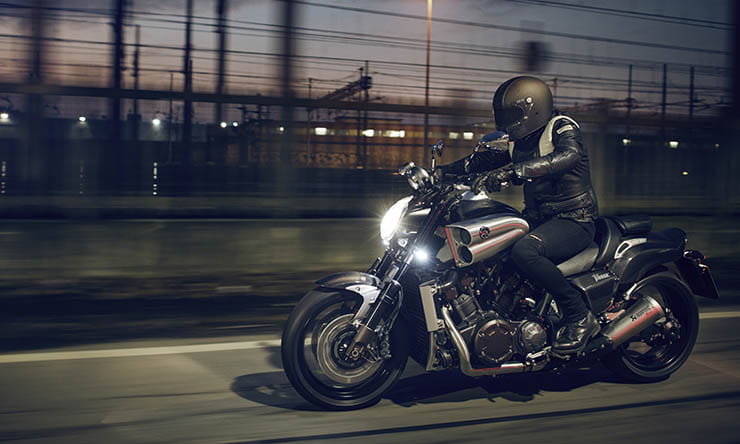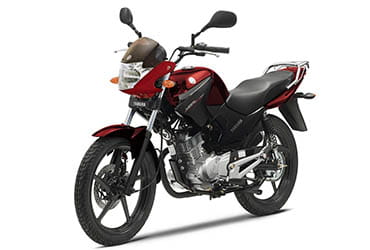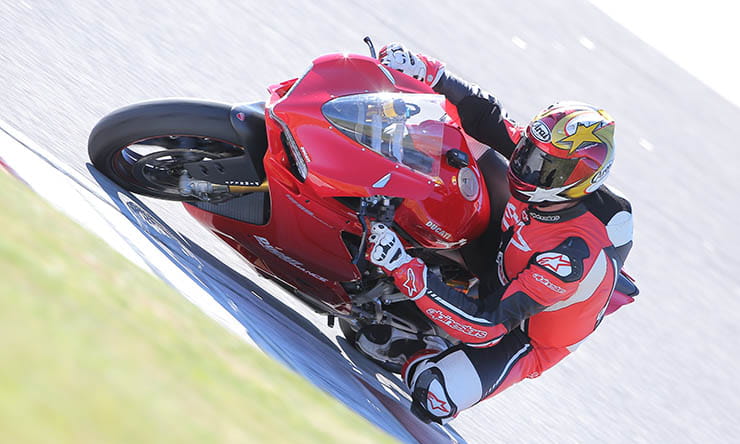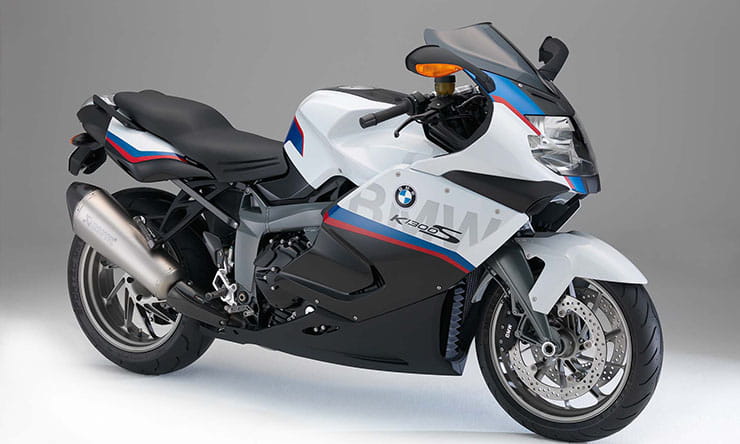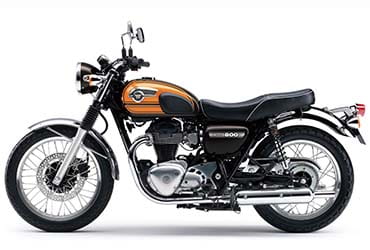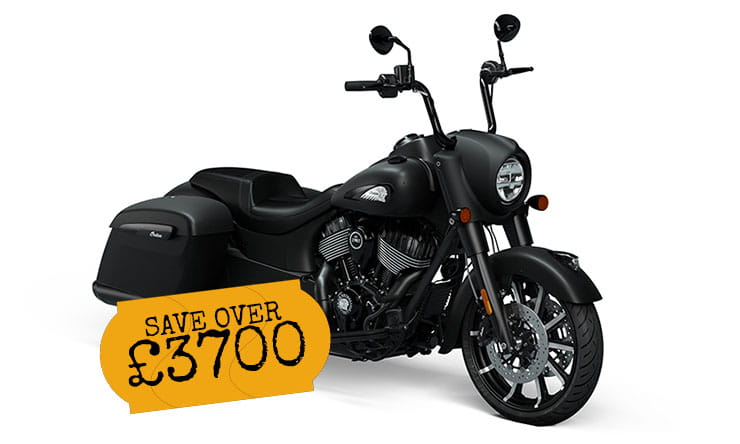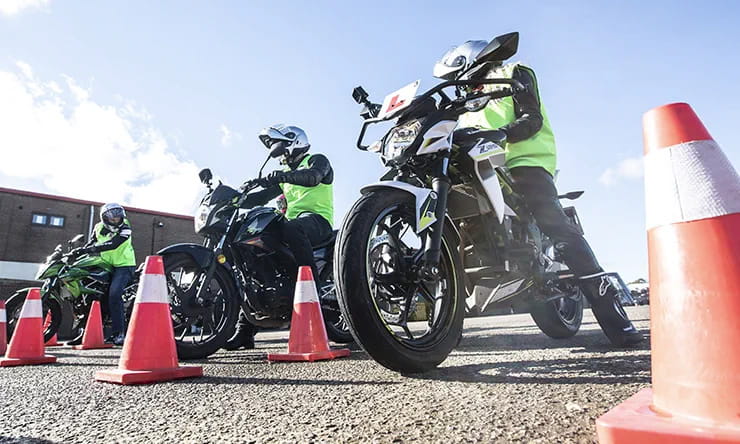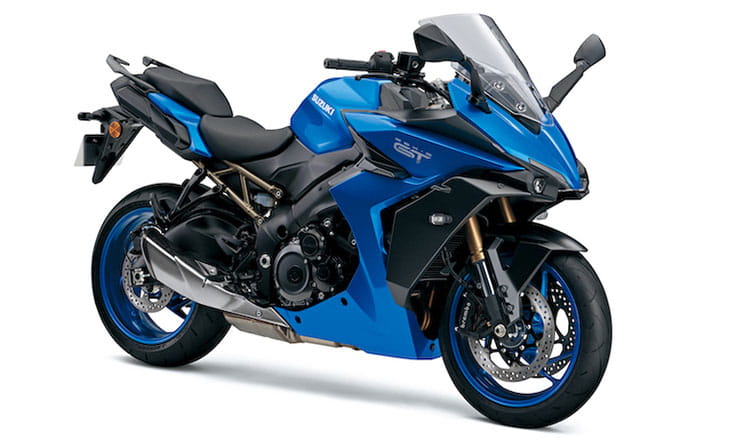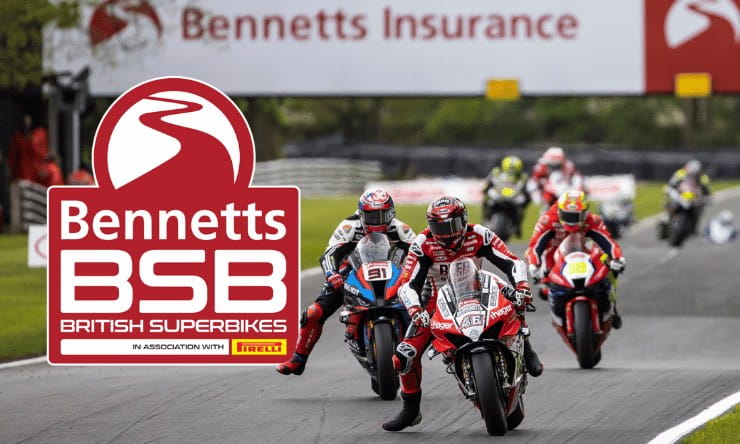Following on from yesterday’s article detailing the bikes being lost from Honda, Suzuki and Triumph’s ranges in 2017, today BikeSocial looks at how fashion and the introduction of Euro4 emissions regulations will affect the bikes being sold in your local BMW, Ducati, Kawasaki and Yamaha dealerships, which includes the iconic VMAX (pictured above) and the best selling YBR125 learner bike.
Once again, we’re only focussing on bikes that are being dropped out of the range without a direct replacement (so Kawasaki’s ER-6n is not listed, for example, as the new Z650 replaces it) and we’ve also included which Euro3 models have exemption under ‘derogation’ rules. You might be surprised at some of the models that we’re losing…
Yamaha
VMAX
Is it a surprise to see Yamaha’s 1700cc, 200bhp lunatic cruiser dropped for 2017? No. Not in the slightest. But it still brings a tear to the eye to hear that a bike with such a legendary name won’t be available in the UK anymore.
Rarely has a bike’s publicity so massively overwhelmed its actual sales figures. In the run-up to the VMAX’s 2008 launch the firm brought out sculptures and teasers to tempt us, and there’s no denying the final machine is impressive. But it’s also heavy enough to blunt the hugely powerful engine’s performance and the VMAX initially carried a hefty price tag.
These days it’s cheaper and rivals are more expensive, and 2015 was actually its best year in terms of registrations since 2009. But it’s all relative – in 2009 only 96 were registered, and in 2015 61 hit UK roads. In some of the intervening years sales were in single figures (six each in 2013 and 2014).
XJR1300 and XJR1300 Racer
Yamaha revamped the XJR1300 in 2015, giving it a retro look that should be right on-message with current trends. And with a bargain price (how many 1300cc, four-cylinder bikes can you buy for £8599?) it deserved to do well.
Sales haven’t actually been dismal, with 141 registered in the UK in the first three-quarters of 2016 to put it on course for its best year in ages, but the challenge of getting a large, air-cooled four-cylinder engine through Euro4 emissions testing was always going to be a tough one.
Yes, Honda’s CB1100 is an air-cooled four that manages Euro4 standards, but it’s a new design that was created with an eye to tough emissions testing from the start. The Yamaha’s engine has its design roots somewhere in the Jurassic period.
It’s also one of the few remaining big bikes that still lacks ABS, and that rules the XJR out for 2017 when anti-lock becomes standard on everything bigger than 125cc.
Given that Yamaha has such a focus on its ‘Sport Heritage’ range, with the new XSR700 and 900 models as well as the XV and SCR950, the XJR is a loss. Maybe we’ll see something filling the void it leaves in years to come. How about an MT-10-based XSR1000, eh Yamaha?
XV950 Racer
The café-racer version of the XV950 cruiser was always something of a stretch and with internal rivals like the XSR900 and XSR700, not to mention the new SCR950 and the normal XV950, something had to give. The drop-barred Racer – which only appeared in late 2015 – is the bowing out. Total UK registrations from its introduction to the end of September 2016 are only 44, so perhaps it won’t be missed by many.
MT-09 Street Rally
The MT-09 Street Rally was only ever really a kit of parts bolted to a stock MT-09. And with the base bike being upgraded for 2017, some of those parts won’t bolt straight on anymore. So it’s got the bullet.
Ducati
There's less mourning in the Ducati camp, where the only casualties are the Urban Enduro and Flat Track Pro versions of the Scrambler sub-family. Both are dropped for 2017 although to be fair, the new-for-2017 Scrambler Café Racer and Desert Sled models, while not direct replacements, will more than fill the boots of the outgoing models.
The only models to be affected by Euro4 are the 1299 Panigale (pictured) and Panigale R. Of course Ducati isn’t discontinuing its flagship superbike, but it’s worth noting that it is alone in the firm’s 2017 range in not conforming to Euro4 emissions rules.
As with many other bikes from rival manufacturers, it’s got a stay of execution thanks to ‘derogation’ rules. Because Ducati has been so thorough in updating the rest of its range to Euro4, it’s got a fairly large leftover quota for Euro3 derogation (up to 10% of the total number of Euro3 bikes sold over the last two years). So it shouldn’t be hamstrung when it comes to the number of 1299 Panigales and Panigale Rs it can sell in 2017.
However, it does beg the question whether the 1299 will be updated for 2018 with big exhausts – like the Euro4-legal 959 Panigale. Out bet is that Ducati has a more radical revamp in the works…
BMW
There are only a few omissions in the Bavarians' range with the demise of the K-series models and the single cylinder G650 GS. A host of new models will mean that the BMW range is still likely to be expanding in 2017 though...
K1300S
First appearing in 1200cc form back in 2004, the current K1300S sports tourer (pictured) was the result of wide-ranging changes made in 2009. It might not be one of the models that’s basked in the limelight recently but it represented a huge technological step forward for BMW and remained on the cutting edge of the firm’s tech throughout its life. As well as debuting the Hossack-style Duolever front suspension set-up, the K later was among the pioneers of BMW’s electronic suspension adjustment systems. With 175bhp, it’s still fast even today. Sales have dropped from over 500 in the UK in 2009 to under 200 per year, but it’s clear that some demand has remained. It will be missed.
K1300R
The naked spin-off of K1200S/K1300S never achieved anything like the same success as its faired sibling. Big, heavy and gawky-looking, the bike’s slow sales are probably a reason why the much sexier Concept 6 show bike, based on the K1600 six-cylinder engine, never got close to production. Although officially in the BMW 2016 range, the registration figures show that it was effectively killed very early in the year, with only five hitting the road in the UK in 2016 compared to 43 in 2015. Even at their peak, UK annual sales rarely hit triple figures for the R, though.
G650 GS
Things with badges that read ‘BMW’ and ‘GS’ have generally been doing spectacularly well in recent years, but the fortunes of the single-cylinder G650 GS have ebbed, with only 44 being UK registered in the first three-quarters of 2016. To be fair, the G650 is overdue its trip to the retirement home. Last of a line that runs right back to the 1993 F650 Funduro, it became the F650 GS in 2000 and was replaced by the confusing 800cc ‘F650 GS’ twin-cylinder in 2008 only to rise again, Lazareth-like, a year later as the G650 GS. We’ll ignore the short-lived 2006-2009 G650 X models – everyone else did…
The G650 GS might have risen from the grave once before, but this time it looks like it’s gone for good. Euro4 emissions rules and overwhelming competition from with BMW’s own range in the form of the F700 GS and F800 GS, as well as the upcoming G 310 models, have finally proved too much for the old-timer.


